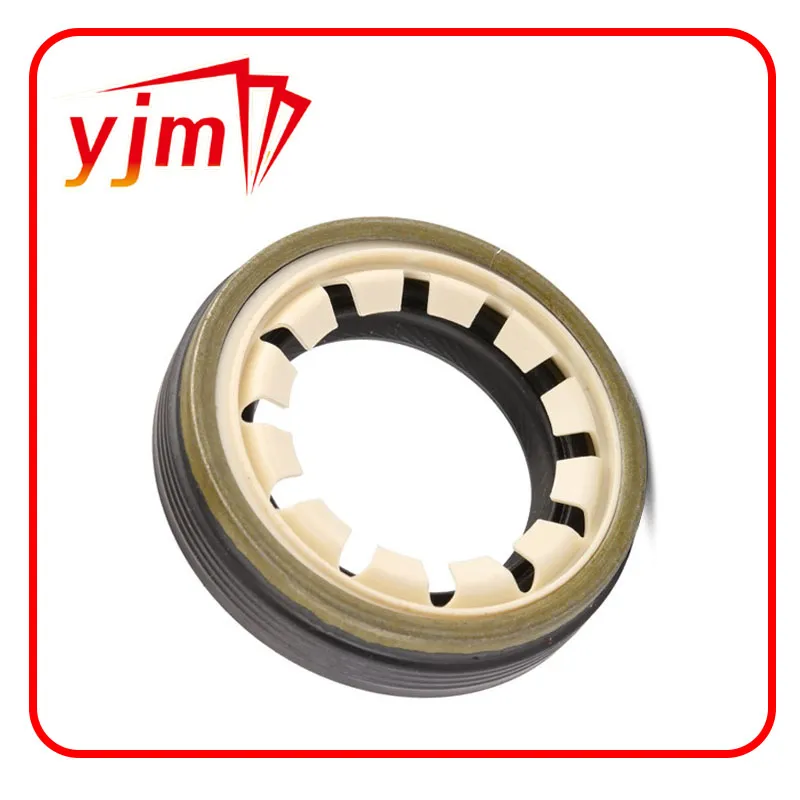power steering seal
Understanding Power Steering Seals Functionality, Types, and Maintenance
Power steering systems are an essential component in modern vehicles, providing ease and convenience in steering. At the heart of this system are various components, one of the most crucial being the power steering seal. Understanding the role, types, and maintenance of power steering seals can significantly contribute to the longevity and efficiency of your vehicle’s steering system.
What is a Power Steering Seal?
Power steering seals are specialized components designed to contain the hydraulic fluid within the power steering system. These seals prevent leaks and maintain the correct pressure required for smooth steering operation. The seals operate under high pressures and varying temperatures, making their performance critical for the efficiency of the power steering system and, ultimately, the safety and drivability of the vehicle.
Functionality of Power Steering Seals
The primary function of a power steering seal is to prevent hydraulic fluid from escaping the system. The power steering pump generates hydraulic pressure that assists in steering effort, allowing for easy maneuverability. If the seals fail, it can lead to leaks, reduced hydraulic pressure, and ultimately impaired steering performance. Moreover, the loss of fluid can lead to overheating and damage to the pump, resulting in costly repairs and reduced vehicle reliability.
Types of Power Steering Seals
Power steering seals come in various types and materials, tailored to meet different design specifications and operational demands. Some common types include
1. O-Rings These are circular seals that fit into grooves in the components to create a tight seal. They are often used in areas with low to moderate pressure.
2. Lip Seals These seals have a lip that presses against the shaft, effectively containing the fluid. They are widely used in power steering applications due to their reliability under various pressure conditions.
3. Flat Seals Also known as gasket seals, these are used to seal the mating surfaces of components. They are common in multi-part assemblies in the power steering system.
power steering seal

4. PTFE Seals Made from polytetrafluoroethylene, these seals offer excellent resistance to heat, chemicals, and wear, making them ideal for high-performance applications.
Maintenance of Power Steering Seals
Maintaining the power steering system, including the seals, is crucial for optimal performance. Here are some tips for ensuring the longevity of your power steering seals
1. Regular Check-ups Schedule routine inspections for your vehicle’s power steering system. A professional can identify signs of wear or leaks early, preventing more significant damage.
2. Fluid Quality Use the manufacturer-recommended power steering fluid. Low-quality fluids can lead to seal degradation and increased wear. It's also advisable to change the fluid as per the vehicle’s maintenance schedule.
3. Watch for Leaks Regularly check for fluid leaks under your vehicle. If you notice a puddle of fluid near the power steering pump or rack, it may indicate a seal failure.
4. Pressure Checks Ensure that the power steering pump is operating at the correct pressure. Over or under pressure can lead to premature seal wear and failure.
5. Environmental Protection Protect your vehicle’s power steering components from contaminants and extreme conditions. Ensure that the seals are not exposed to harsh chemicals or extreme temperatures that could impair their integrity.
Conclusion
Power steering seals play a vital role in the functionality and performance of a vehicle’s power steering system. By understanding their purpose, types, and maintenance tips, vehicle owners can ensure a smoother driving experience and avoid unnecessary repairs. Proper attention to these seemingly small components can have a significant impact on overall vehicle safety and drivability, making it essential to keep them in good condition. Regular maintenance and vigilance can extend the lifespan of power steering seals, ensuring that your vehicle remains responsive and easy to handle.
-
Simplifying Oil Changes: A Comprehensive Guide to Oil Drain Plugs and Their Variants
News Aug.04,2025
-
Mastering Oil Drain Maintenance: Solutions for Stripped, Worn, and Upgraded Oil Plugs
News Aug.04,2025
-
Fixing Oil Pan Plug Issues: Leaks, Stripped Nuts, and the Right Replacement Solutions
News Aug.04,2025
-
Everything You Need to Know About Oil Drain Plugs: Sizes, Fixes, and Upgrades
News Aug.04,2025
-
Choosing the Right Oil Drain Plug: A Guide to Sizes, Materials, and Drain Innovations
News Aug.04,2025
-
A Complete Guide to Automotive Drain Plugs: Types, Problems, and Innovative Solutions
News Aug.04,2025
-
The Ultimate Guide to Car Repair Kits: Tools and Essentials Every Driver Should Own
News Aug.01,2025
Products categories















